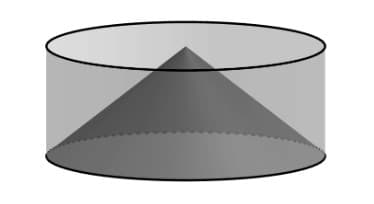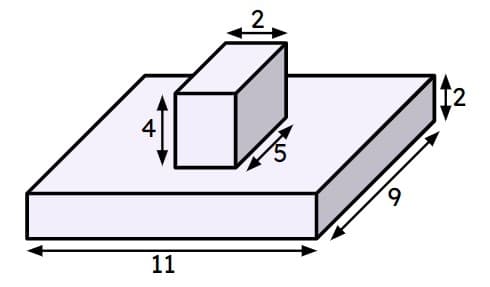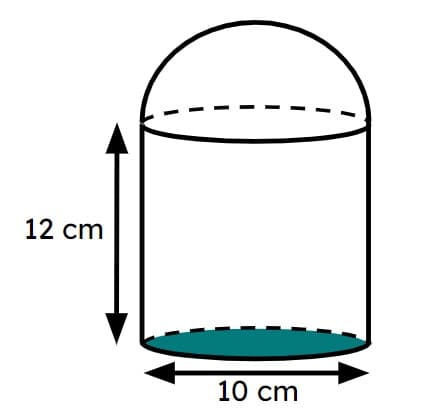

Surface area of composite solids
I can calculate the surface area of a composite solid.


Surface area of composite solids
I can calculate the surface area of a composite solid.
These resources will be removed by end of Summer Term 2025.
Lesson details
Key learning points
- The surface area of a composite solid is found by summing the area of all faces.
- The faces may not always be the same shape.
- The surface area may well be able to be calculated in a more efficient way.
Keywords
Surface area - The surface area is the total area of all the surfaces of a closed 3D shape. The surfaces include all faces and any curved surfaces.
Solid - A solid is a shape that has three dimensions (e.g. width, height and depth).
Compound shape - A compound shape is a shape created using two or more basic shapes. A composite shape is an alternative for compound shape.
Common misconception
Pupils may not subtract overlapping faces from their surface area calculation.
Ask the pupils to visualise turning around/rotating the compound solid, and consider which faces of the component solids would always be hidden.
To help you plan your year 11 maths lesson on: Surface area of composite solids, download all teaching resources for free and adapt to suit your pupils' needs...
To help you plan your year 11 maths lesson on: Surface area of composite solids, download all teaching resources for free and adapt to suit your pupils' needs.
The starter quiz will activate and check your pupils' prior knowledge, with versions available both with and without answers in PDF format.
We use learning cycles to break down learning into key concepts or ideas linked to the learning outcome. Each learning cycle features explanations with checks for understanding and practice tasks with feedback. All of this is found in our slide decks, ready for you to download and edit. The practice tasks are also available as printable worksheets and some lessons have additional materials with extra material you might need for teaching the lesson.
The assessment exit quiz will test your pupils' understanding of the key learning points.
Our video is a tool for planning, showing how other teachers might teach the lesson, offering helpful tips, modelled explanations and inspiration for your own delivery in the classroom. Plus, you can set it as homework or revision for pupils and keep their learning on track by sharing an online pupil version of this lesson.
Explore more key stage 4 maths lessons from the 2D and 3D shape: surface area and volume (pyramids, spheres and cones) unit, dive into the full secondary maths curriculum, or learn more about lesson planning.

Licence
Starter quiz
6 Questions





Exit quiz
6 Questions






